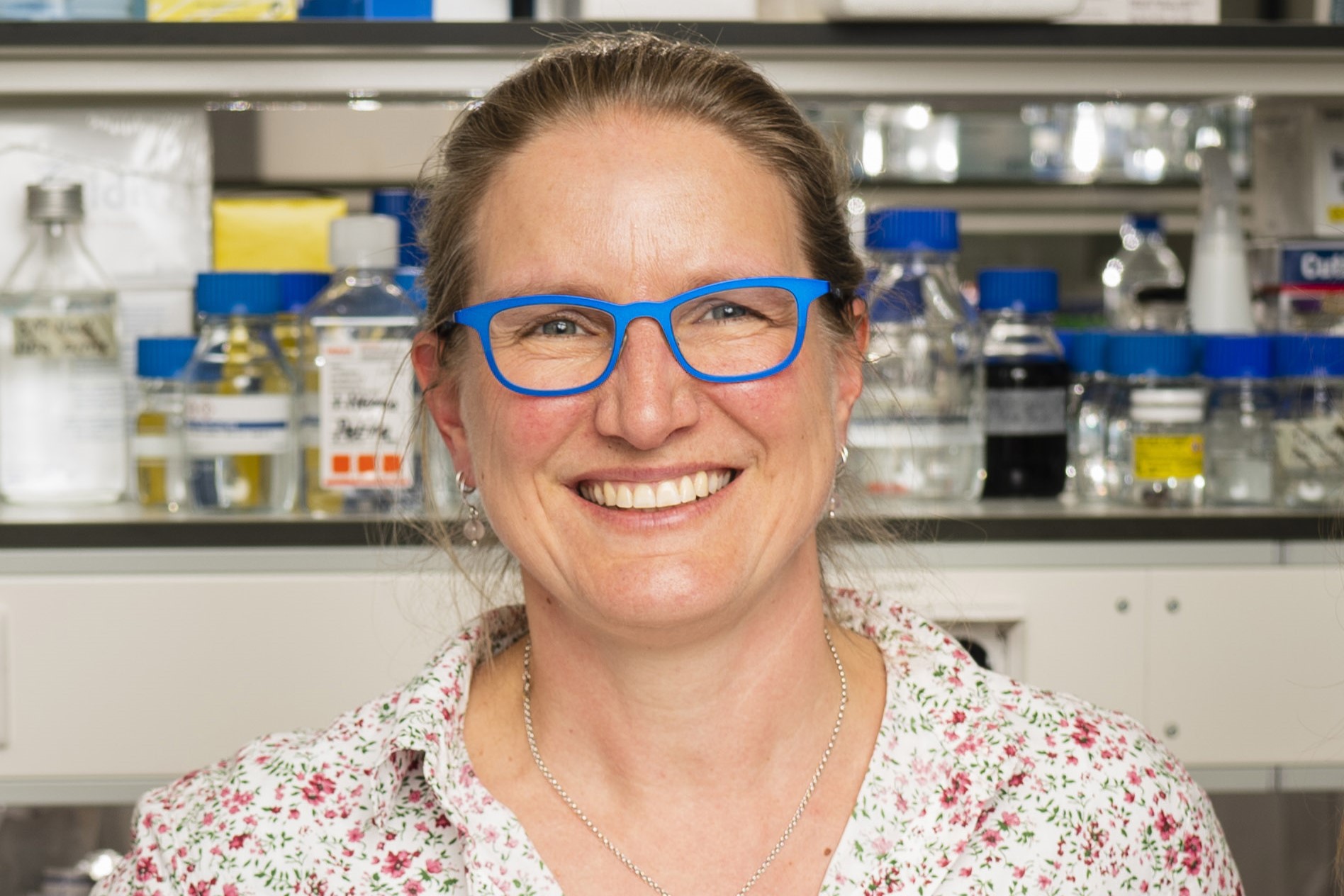3Rs Stimulus Fund: Urethra on a chip
1 year agoPetra de Graaf received a grant from the 3rS Stimulus Fund for her project ‘Fibrosis on a chip’.
Petra de Graaf is an assistant professor and head of the Regenerative Urology department at UMC. As its only fulltime researcher, she supports the work of the department clinicians. She also teaches, assists interns and has recently been supervising three PhD candidates. Ten years ago, surgeons in the department asked her if she could make a tissue in the lab that they could use in a hospital setting.
What tissue were they specifically requesting?
“They wanted a segment of the urethra. This has to do with a narrowing of the urethra, a problem experienced by quite a few men over 55. It’s caused not by an enlarged prostate, but by small wounds in the urethra. They can create excessive scar tissue that can cause an obstruction. Removing it and replacing it with a piece of mucous membrane from inside the patient’s mouth works fine in 80% of the cases. But if the patient has already had operations involving the urethra, or if the affected area is very severe or elongated, then we need different tissue."
What approach did you take?
“From my experience as a cell biologist it seemed important to me to understand all of the layers around the urethra, so the surrounding tissues as well. We now know that this surrounding tissue needs good blood circulation. We were able to make a ‘urethra-on-a-chip’, kind of like a mini-urethra. But I also wanted to know about the fibrosis, the process of scar-tissue formation. Since urine is continually flowing past any wound in the urethra, the inflammatory phase of the healing process takes much longer than wounds in other kinds of tissue. With the help of the 3Rs Stimulus Fund I was able to acquire a pump that allowed me to simulate that urine flow.”
What did that produce?
“To my surprise, we discovered very clear differences in response between a urethra with standing fluid and the one where we flushed artificial urine through. We were also able to make tiny capillaries around the urethra, just like the ones we have in our bodies. We weren’t able to artificially induce the fibrosis in the mini-urethra. But we know now that to understand this disease process, we need to study and combine these things at the cellular level – in vitro.”
Could you also have found this out this through a trial-and-error process with animals?
“Let me start by saying that I don’t think that this study can replace all use of lab animals. But in this case there are additional reasons that make it pretty pointless to use lab animals. First of all, the anatomy of the human penis is quite exceptional. Rats, mice and dogs have a penile bone. Rabbits do have similar erectile tissue, but their urine has a very different composition. So the differences are too great. But more essential to the research, of course, is that I can learn far more from this mini-urethra than I can from animals, since I can look at cellular interactions, and understand what’s happening more from a biological perspective.”
Did the financial support from the 3Rs Stimulus Fund come in handy then?
“Absolutely. The project officially ran between 2020 and 2023 and the 3Rs subsidy was the first financial support we got for it. We’re still using the pump. A PhD student is currently working with the cell combinations that were developed during the project. Also, it’s not that easy to get money for this kind of research, since urethral problems aren’t life-threatening, and we’d rather not talk about them: it’s easier to tell people about your meniscus operation. But this research is extremely relevant: if you put all the people with urinary trouble in one country, it would be the third-largest country in the world!”


